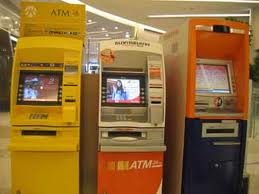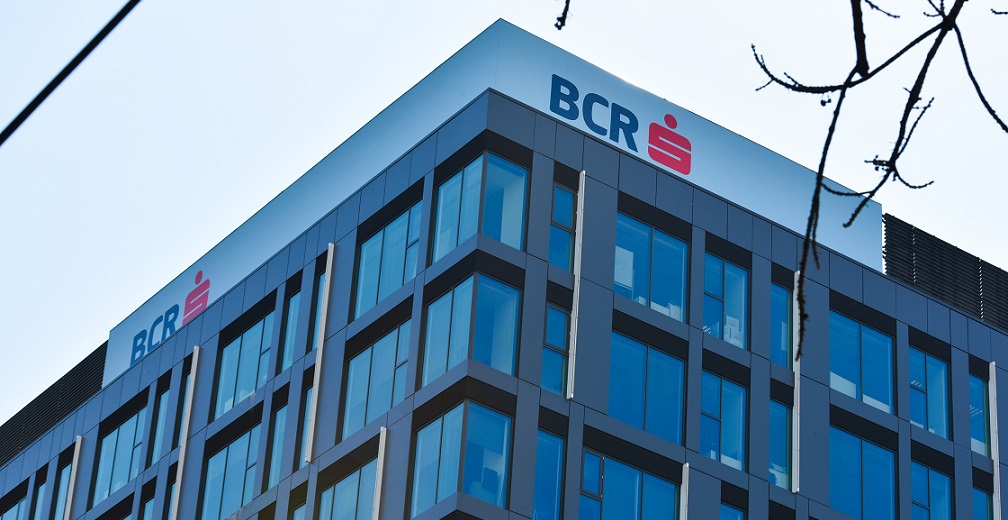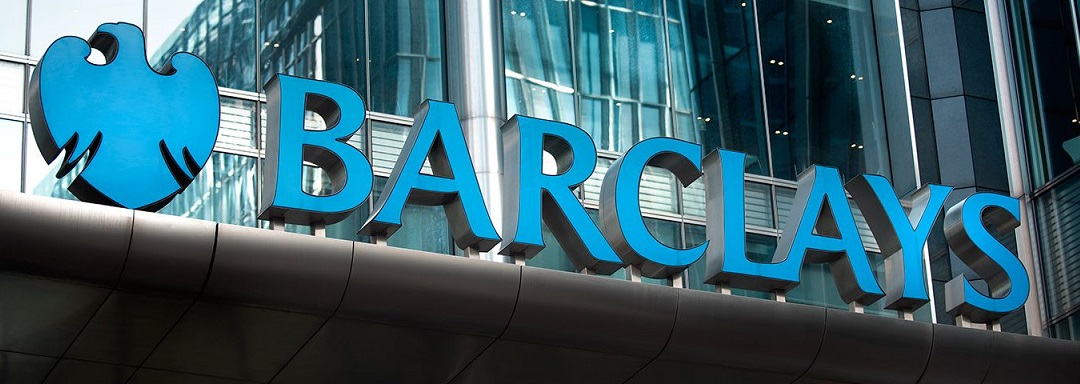Installed ATM base is expected to reach 3.1 million units by 2015
February 28, 2011 – The worldwide installed base of ATMs is predicted to reach 3.1 million units by 2015, up from an estimated 2.2 million machines in 2009. As the deployment of ATMs continues to grow, the machines are expected to do more than dispense cash so the consumers will be able to download music, purchase greeting cards and toiletries, and check movie listings.
The emerging markets in Asia/Pacific, the Middle East, Latin America and Central America and Eastern Europe will offset slowing deployment in more mature regions, said Global Industry Analysts. Asia Pacific is the largest regional market for the deployment of ATMs, but the Middle East/Africa region is predicted to register the fastest compounded annual growth rate of ATMs through 2015.
 „China and India are projected to drive growth in Asia-Pacific. In the Middle East, new installations of ATMs are driven by burgeoning consumer demand, easy availability of ATM technology, decline in ATM procurement costs and cost minimization trends among financial institutions. Countries in Central and Eastern Europe have recorded more new ATM installations than their Western European counterparts,” the report said.
„China and India are projected to drive growth in Asia-Pacific. In the Middle East, new installations of ATMs are driven by burgeoning consumer demand, easy availability of ATM technology, decline in ATM procurement costs and cost minimization trends among financial institutions. Countries in Central and Eastern Europe have recorded more new ATM installations than their Western European counterparts,” the report said.
Global Industry Analysts predicted by 2015 that North America will have an installed ATM base of approximately 543,000 ATMs; Europe/Middle East/Africa will have an installed base of 897,000 ATMs; Asia/Pacific, including Japan, will have an installed base of 1.39 million ATMs; and Latin America will have an installed base of 316,000 machines.
A number of factors are sparking ATM deployments. They are growing customer adoption of ATM services and rising preference for self-service banking due to the recession. The economic downturn caused consumers to rely more on cash.
„The recession interestingly has resulted in bank customers resorting to increased ATM transactions, a direct fallout of rising overdraft fees on debit cards, high service charges for credit cards and reduced preference for plastic money against a backdrop of weak personal finances and tight liquidity,” according to Global Industry Analysts.
As the deployment of ATMs continues to grow, the machines are expected to do more than dispense cash, the report said.
„These days the consumer expects ATMs to do more than just handle cash withdrawals and balance inquiries,” the study found. „The consumer wants to access more information and services from the ATM, including viewing mini-statements, paying bills, PIN changes, mobile phone top up and purchasing stamps. Many of the mentioned services already are provided by ATMs deployed in Europe and Asia.”
Countries in Africa also are deploying ATMs that do more than dispense cash. Last year, Kenya Commercial Bank Group deployed its first intelligent deposit ATM, which verifies the value of the deposited cash, confirms currency and rejects old and unusable or fake banknotes during the transactions.
The future will provide more innovations for ATMs. In addition to withdrawing cash, consumers will be able to download music, purchase greeting cards and toiletries, and check movie listings, the report said.
Global Industry Analysts employs more than 800 workers worldwide. The company publishes market trend reports and industry reports that encompass all of the major global industries.
Source: Global Industry Analysts, Inc.
Dariusz Mazurkiewicz – CEO at BLIK Polish Payment Standard
Banking 4.0 – „how was the experience for you”
„To be honest I think that Sinaia, your conference, is much better then Davos.”
Many more interesting quotes in the video below:










